Explore the step-by-step process of installing gutters on a metal building to effectively manage water runoff and prevent potential damage.
Installing gutters on a metal building is a task that requires careful planning and execution. This process involves several steps such as selecting the right type of gutter, measuring the building, cutting the gutters to fit, and securing them in place.
With the right tools and guidelines, you can accomplish this task successfully. This article will provide you with a comprehensive guide on how to install gutters on a metal building, detailing every step of the process. Read on to learn more about the tools you’ll need, the measurement process, the installation procedure, and important tips to make the task easier and safer.
Key takeaways:
- Select quality materials: aluminum or steel gutters, connectors, end caps, downspouts, elbows, gutter hangers, screws, sealant.
- Measure roofline and mark downspout locations for proper installation.
- Install gutters starting from furthest point, secure with screws and sealant.
- Properly place gutter hangers and brackets for support.
- Consider safety, use appropriate gear and consult professionals if needed.
Materials Needed to Install Gutters On a Metal Building
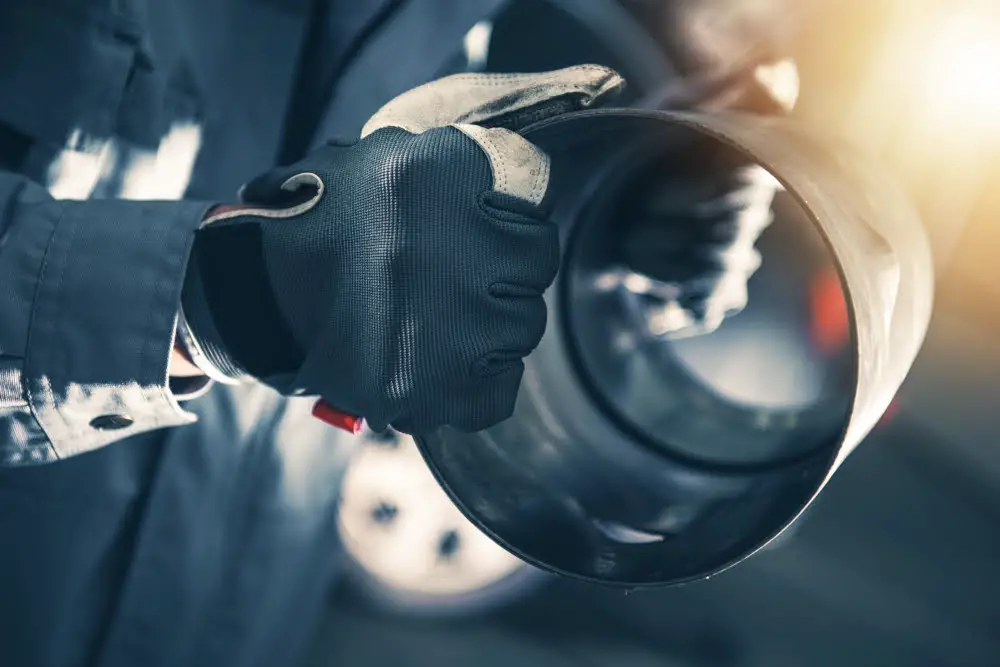
Begin with selecting quality materials to ensure longevity and functionality of your gutters. Primarily, you’ll need gutter sections, which come in 10-foot lengths and are typically made of aluminum or steel.
Your gutter system will also require connectors to join gutter sections together, and end caps to seal the ends of the gutters. Choose durable varieties to withstand weather impact.
Downspouts and elbows, crucial parts of any gutter system, guide the water away from the base of the building. These often come in sections that you’ll need to assemble.
To fasten the system to the metal building, opt for hard-wearing gutter hangers and screws. In addition, have a good-quality sealant at your disposal for sealing joints and preventing leaks.
Lastly, arm yourself with a sturdy ladder, tape measure, hacksaw and a level – essential tools to ensure accurate installation. This is the foundation of your gutter installation process, laying the groundwork for a successful project.
Step-by-step Guide to Installing Gutters On a Metal Building
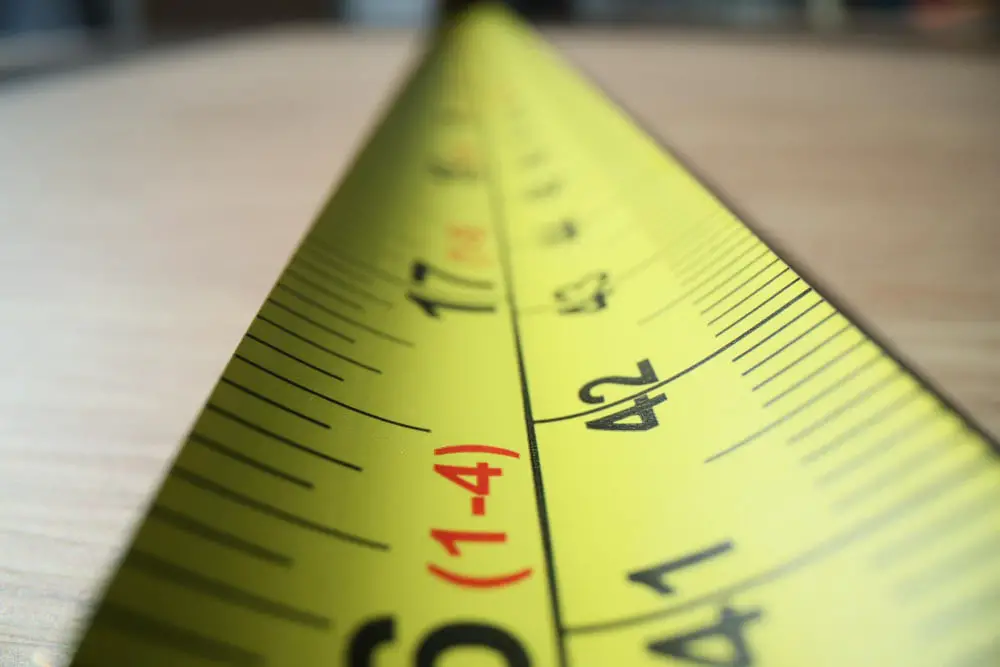
Firstly, measure the length of the roofline where the gutter will be attached. Ensure you have enough gutter components to cover this distance.
Next, mark the locations for your downspouts on the metal building by referencing your building plans. Remember, downspouts are typically placed at the corners of the building to encourage efficient water drainage.
Using a chalk line, map out the route your gutters will take. The slope should be approximately 1/4 inch per 10 feet towards your downspouts for proper water flow.
Start at the furthest point from the downspout and attach end caps using silicone sealant and screws for a secure fit. It’s crucial to ensure these are tightly sealed to prevent leakage.
Proceed to the attachment phase, where gutter hangers or brackets should be installed on the fascia board or directly onto the metal building. These should be spaced about 24-32 inches apart for robust support.
Next, place the gutter into the hangers and secure it with screws. A high-quality outdoor sealant can be applied around the screw hole to prevent water seepage.
After securing the entire length of the gutter, attach the downspout outlets at the pre-marked locations.
Lastly, attach the downspouts to the outlets and secure them to the wall of the metal building. Use straps to ensure they’re held upward and don’t sag.
Remember, safety is paramount. Always use ladders, scaffolding, or other secure platforms when installing gutters, and wear appropriate protective gear.
Why Do You Need Gutters for Metal Buildings?
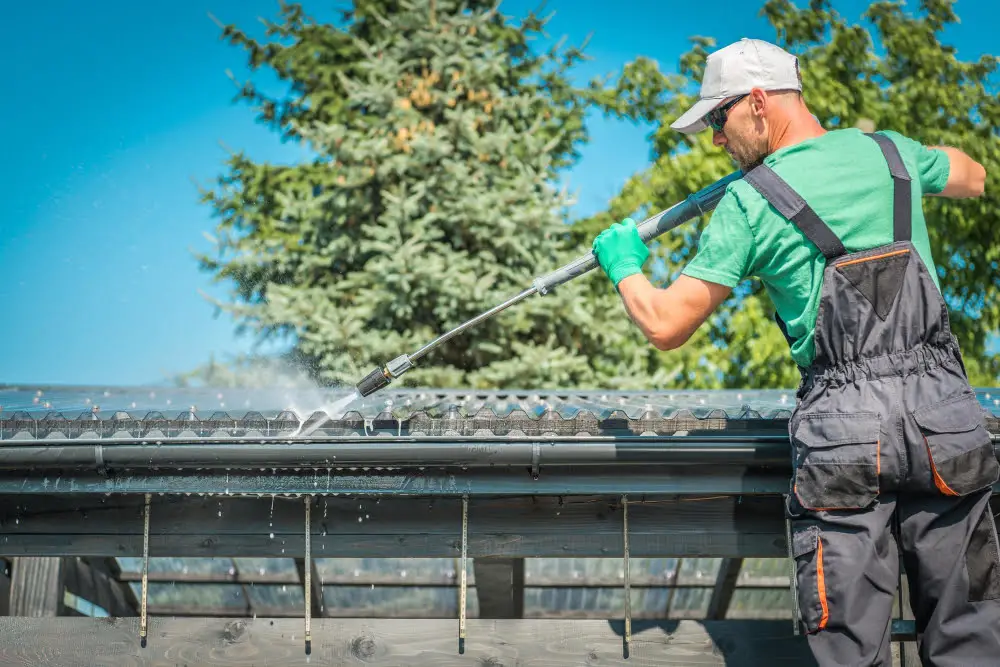
Proper drainage is a potent ally in preserving your metal building’s longevity. Without gutters, rainwater flowing directly off your roof is free to pool around the building’s foundation. Over time, this can lead to structural issues and even promote the build-up of mildew and mold. Therefore, the primary utility of gutters is to channel water safely away.
Not only this, but the absence of gutters might make walking or working near the building unpleasant, particularly during or after a rainstorm. It can result in dirt splashing against the walls, making your metal building unattractively dirty.
Moreover, rainwater is not just ordinary water; it contains various contaminants and pollutants picked up from the air. These, when allowed to consistently flow down your metal building, could potentially damage the coating and lead to corrosion over time.
Additionally, gutters contribute to rainwater harvesting, an increasingly popular green initiative. You may collect and utilize the rainwater, contributing to the building’s overall functionality and environmental friendliness.
All things considered, it’s clear that gutters for metal buildings are not only a recommended addition but also a smart investment.
Potential Problems and Solutions When Installing Gutters On a Metal Building
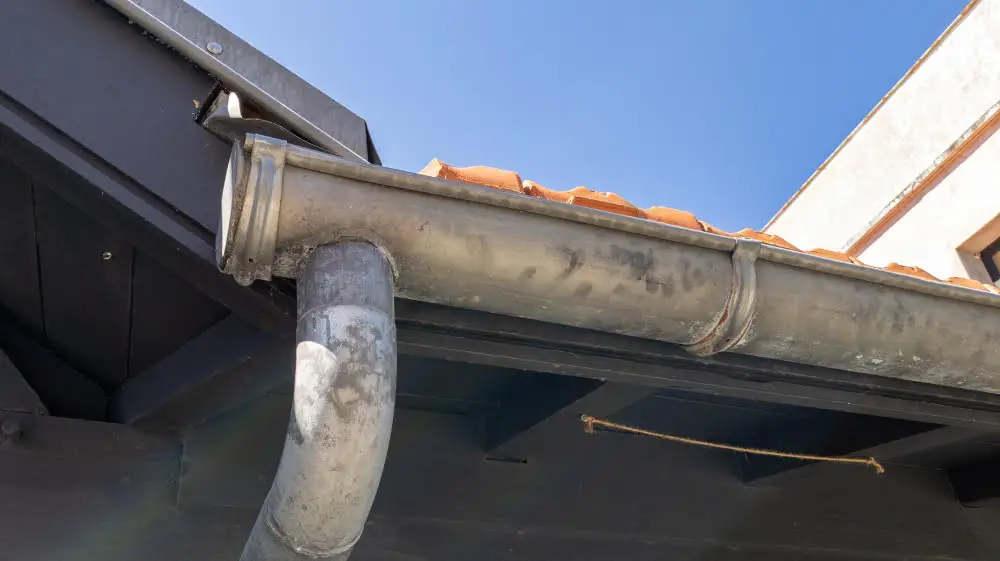
Metal building construction poses specific challenges for gutter installation, making it essential to anticipate possible problems for a smooth process.
1. Water Leaks: One of the most common issues is water leakage caused by improper gutter alignment or poor sealant application. A solution for this is a thorough review of the gutter run’s slope and proper application or reapplication of high-quality, waterproof sealant.
2. Rusting Issues: Over time, metal building gutters can rust due to water exposure. Selecting gutters made from rust-resistant materials such as aluminum or vinyl can prevent this.
3. Inadequate Drainage: If the gutters can’t handle the volume of water, spillage occurs, potentially damaging the building’s foundation. Always match the size of the gutter to the size of the roof and the average rainfall in the area.
4. Improper Bracket Placement: The method and position of placing gutter brackets play a crucial role in maintaining gutter linearity. Always refer to the manufacturer’s instructions or consult with experts.
Remember, the correct approach to anticipate and mitigate these issues is essential for the longevity of your metal building’s exterior and its overall functionality.
Tips for Successful Gutter Installation On a Metal Building

1. Right Materials: Selecting the appropriate materials is crucial. Using aluminum is often the preferred choice, as they are resistant to rust and suitable for all weather types.
2. Proper Angle: Gutters must be installed at a slight downward angle to promote water flow away from the building.
3. Sealant Use: Properly sealing corner joints and end caps with a high-quality sealant will prevent leaks and ensure longevity.
4. Support: Install brackets or hangers about every 3 feet to provide sufficient support, especially in areas with snowfall.
5. Downspout Placement: Ensure that downspouts are appropriately located to effectively carry water away from the building’s foundation.
6. Safety: Take precautions, including the use of proper ladder safety and personal protective equipment. It might also be productive to have a partner to help.
7. Consider Professionals: If the task seems daunting or beyond your skills, consider hiring professionals as they can ensure proper installation.
By following these guidelines, one can successfully install gutters on a metal building and subsequently ensure the structure’s protection and longevity.
Maintenance Tips Post Gutter Installation On a Metal Building
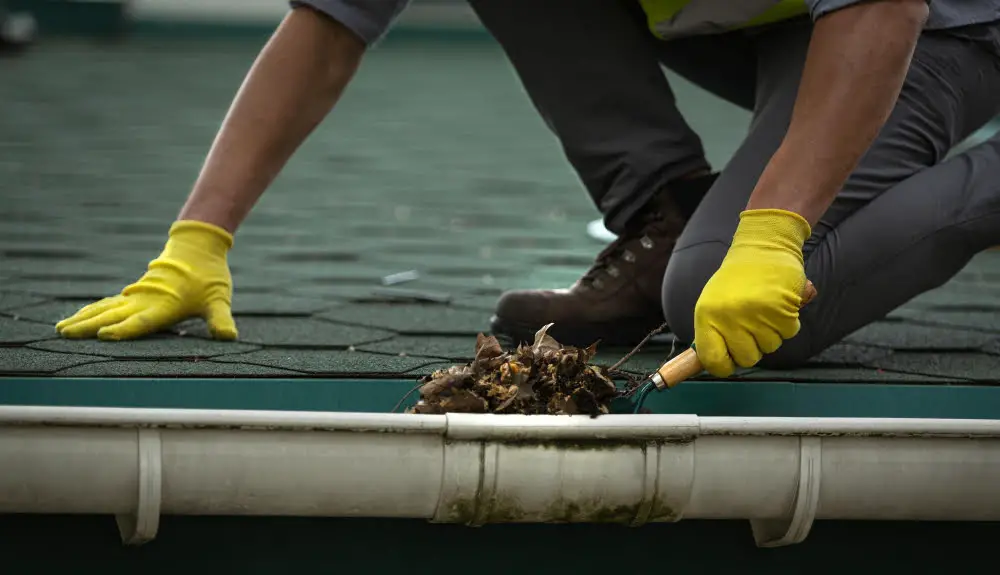
Once the gutters are properly installed, maintaining them becomes the next crucial step. To ensure the gutters perform optimally for years to come, consider the following maintenance tips:
1. Regular Cleaning: Over time, gutters inevitably collect debris, including leaves, dirt, and even small animals. To prevent blockages, clean them at least twice a year or more frequently if the building is located near trees.
2. Timely Repairs: Inspect the gutters periodically for signs of damage such as leaks, rust, or loose screws. Prompt repairs enhance the lifespan of the gutters and prevent further damage to the building.
3. Install Gutter Guards: Gutter guards filter out debris, reducing the frequency of cleanup. They also prevent animals from nesting in the gutters.
4. Proper Drainage: Ensure that the gutter system efficiently carries water away from the building. Pooling of water can accelerate rust and wear, ultimately shortening gutter lifespan.
By following these guidelines, the gutter system on a metal building can be maintained in optimal condition, thereby protecting the structure over an extended period.
Common Mistakes to Avoid While Installing Gutters On a Metal Building
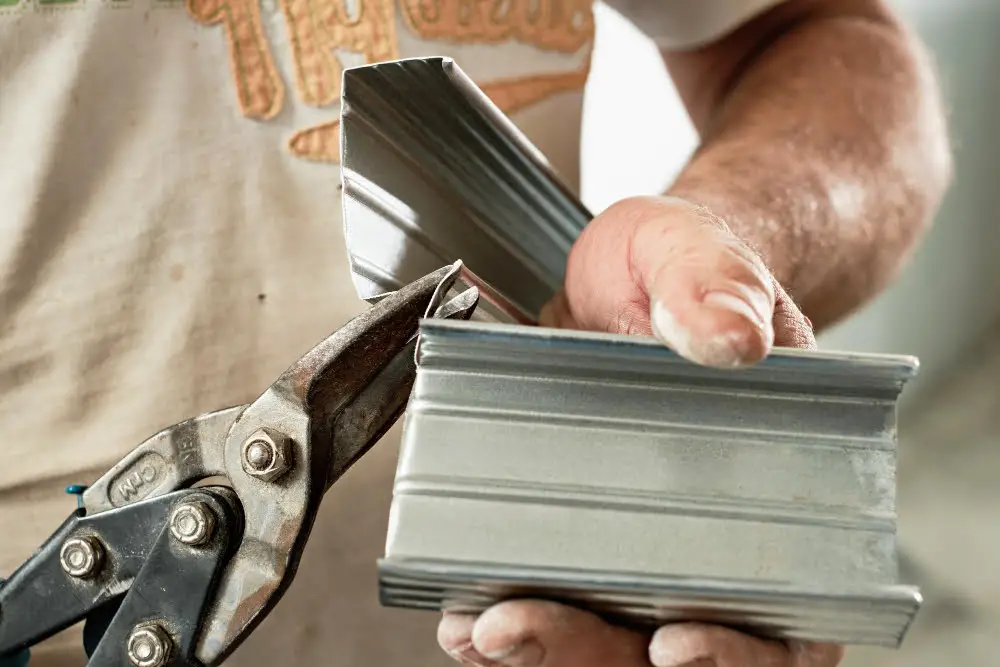
When undertaking gutter installation, avoiding these common pitfalls can ensure a long-lasting and effective drainage system:
1. Incorrect Slope: A gentle slope, about 1/2 inch for every 10 feet, is important for smooth water flow. Without this tilt, water may pool, leading to rust and leaks.
2. Few or Inappropriate Downspouts: Inadequate downspouts can fail to handle a heavy downpour. It’s crucial to have enough and correctly fitted downspouts for efficient drainage.
3. Ignoring Local Climate: Overlooking weather patterns can result in choosing the wrong gutter size. Areas with heavier rainfall require more substantial gutters.
4. Poor Sealing: Insufficient or poorly applied sealant can lead to leaks. Make sure every joint and seam is sealed properly.
5. Overlooking Hangers: These fasteners keep your gutters firmly in place. Not installing enough could result in sagging or, in the worst case, collapse.
By watching out for these pitfalls, the gutter system installed will provide the best possible protection for the building.
FAQ
Can you put gutters on a metal shed?
Yes, you can install gutters on a metal shed to preserve its foundation, protect your belongings, and enhance its lifespan.
How to install gutters on a metal roof with no fascia board?
To install gutters on a metal roof with no fascia board, use roof straps that attach to the hidden hanger inside the gutter and secure directly onto the roof.
Should you put gutters on a metal roof?
Yes, you should install gutters on a metal roof as they play a pivotal role in preventing water-related issues and safeguarding your home from potential damage.
What are the best materials for gutters on a metal building?
Aluminum, copper, stainless steel, and vinyl are among the best materials for gutters on a metal building.
How does the slope of a metal roof affect gutter installation?
The slope of a metal roof dictates gutter installation as it determines the direction of water flow, the required placement and angle of the gutters, and impacts the choice of gutter style to effectively channel rainfall away from the structure.
What are the potential challenges when installing gutters on metal buildings?
Potential challenges when installing gutters on metal buildings include accounting for thermal expansion and contraction, ensuring proper alignment and slope for drainage, and mitigating the risk of rust and corrosion.
Recap




